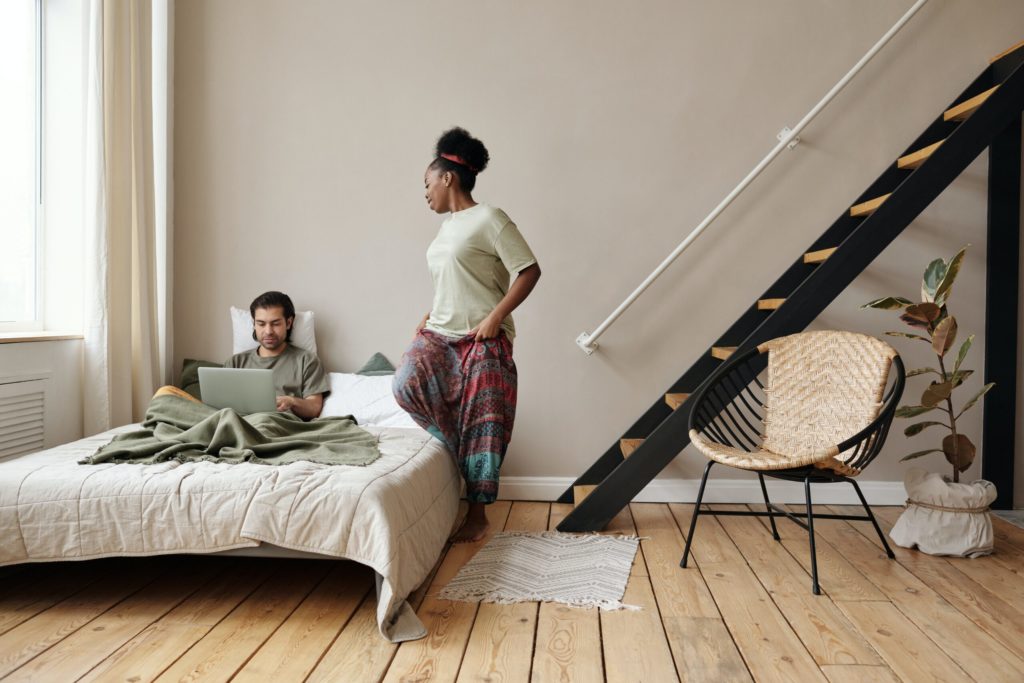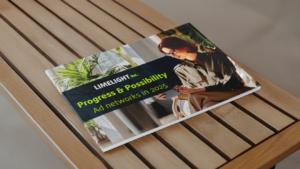Eight months ago our world turned upside-down. Even as the global threat of the coronavirus became ever more apparent, we were mostly commuting and working as usual. Until, suddenly, we weren’t.
Almost overnight businesses had to reimagine how to continue with the ‘business as usual’, although it was anything but, with remote working a new reality for most. The industry has been lauded for how it responded, but now as lockdowns ease (and reappear) it faces a new dilemma: what is the workplace model of today and tomorrow?
This was one of the issues put to respondents of Bluestripe Group and New Digital Age’s first Digital Advertising Industry Sentiment Tracker and the participants of a virtual roundtable to discuss the report.
Misplaced fears with furlough used sparingly
Interestingly, initial fears over a jobs bloodbath never appeared, and the industry has fared better than most when it came to retaining roles and bringing back furloughed staff. Some 61% reveal they did not furlough any staff and 36% say they only furloughed up to a quarter of employees, compared to a national average of more than 70% taking advantage of the government scheme.
For our roundtable panellists, these emergency working practices have brought valuable lessons – and they see a hybrid solution of office and remote working an ongoing reality – for the better.
Our event brought together TSB chief marketing officer Pete Markey, IAB COO Jane McNeill, Teads UK managing director Justin Taylor and PHD UK head of response and board director Lauren Ogúndèkó in a session chaired by NDA editor Justin Pearse.
Yet one casualty was industry body the IAB, which had to take tough decisions to survive and better represent its members through this time. The organisation’s revenue model had been a hybrid of events, sponsorship and membership fees but it needed to pivot to the latter alone, for 2020 at least. “These were very difficult commercial decisions and we had to say goodbye to long-standing teams,” admits McNeill.
However, the silver lining is a “relentless focus” on serving its membership base through difficult times and beyond, with a virtual events programme that meant it was truly national rather than London or Manchester-centric.
Is Monday to Friday, 9 to 5 now a thing of the past?
All overwhelmingly agreed that things will never be the same again. Our report shows that 82% of those polled expect staff to be in the office two to three days per week, with only one in twenty (5%) expecting to see staff back in for four or five days per week.
There were, and remain, challenges. Markey says that without the opportunity to get everyone together physically it was harder to know how to find a way to involve new starters and make them feel part of something without the “normal rules” being in place.
“We deliberately did everything we could to look after [all our] people and make sure our conversations in lockdown weren’t just transactional, because it’s one of the things I really miss, about being an office is the banter and you bump into someone when you make a coffee, and you have a chat.”
Our panellists each quickly realised that the typical working day was no longer that – with repercussions for business strategy and employee wellbeing.
The dangers of digital ‘presenteeism’
Says Ogúndèkó: “There was this feeling at first for people to really prove themselves, because nobody was there. There’s this culture within some organisations whereby if they don’t see the hairs on the back of your neck, they don’t think you’re working.
“We thought that we weren’t like that, but there were people who just felt that they had to be on constantly. [But] people started to receive that permission to be able to work a little bit more independently and have autonomy”
For Taylor, an early mistake was in over communicating: “We told everyone to communicate, communicate, communicate, which sounds great until you look at your diary and it’s full from 8am to 8pm, with no spots to do any work.”
In short order they urged employees to cut down meetings from, say, an hour to 20 minutes, or a meeting that would have been 30 minutes down to ten. Taylor advises: “Give yourself a working pattern, because what we found was we were so busy trying to just do the job that everyone was working too hard. And when you’re at home with the same four walls it can get a bit stir crazy.”
An evolving model – how future spikes will “test” everything we know now
He believes that the second wave and future spikes of the pandemic will “test all the learnings that we’ve put in place over the last eight months” but sees a new reality of work that will flex for the better, taking the best of both worlds.
Markey concurs: “Trying to find a way through this period ahead we have a hybrid thing emerging, it’s constantly fluid and moving, and as tough as it has been it’s not forgetting the brilliance of what we’ve learned.”
All agree that, despite the advantages and advances that virtual working has allowed, face-to-face relationships with colleagues – and clients remain crucial: the evolving client relationship is the focus of the next article in this series.
To download the full Bluestripe Group and New Digital Age Q3 2020 Digital Advertising Industry Sentiment Tracker report click here. It features breakdowns of sentiment across varied areas of the industry and expert commentary from brand, agency, adtech, publishing and trade body leaders.









